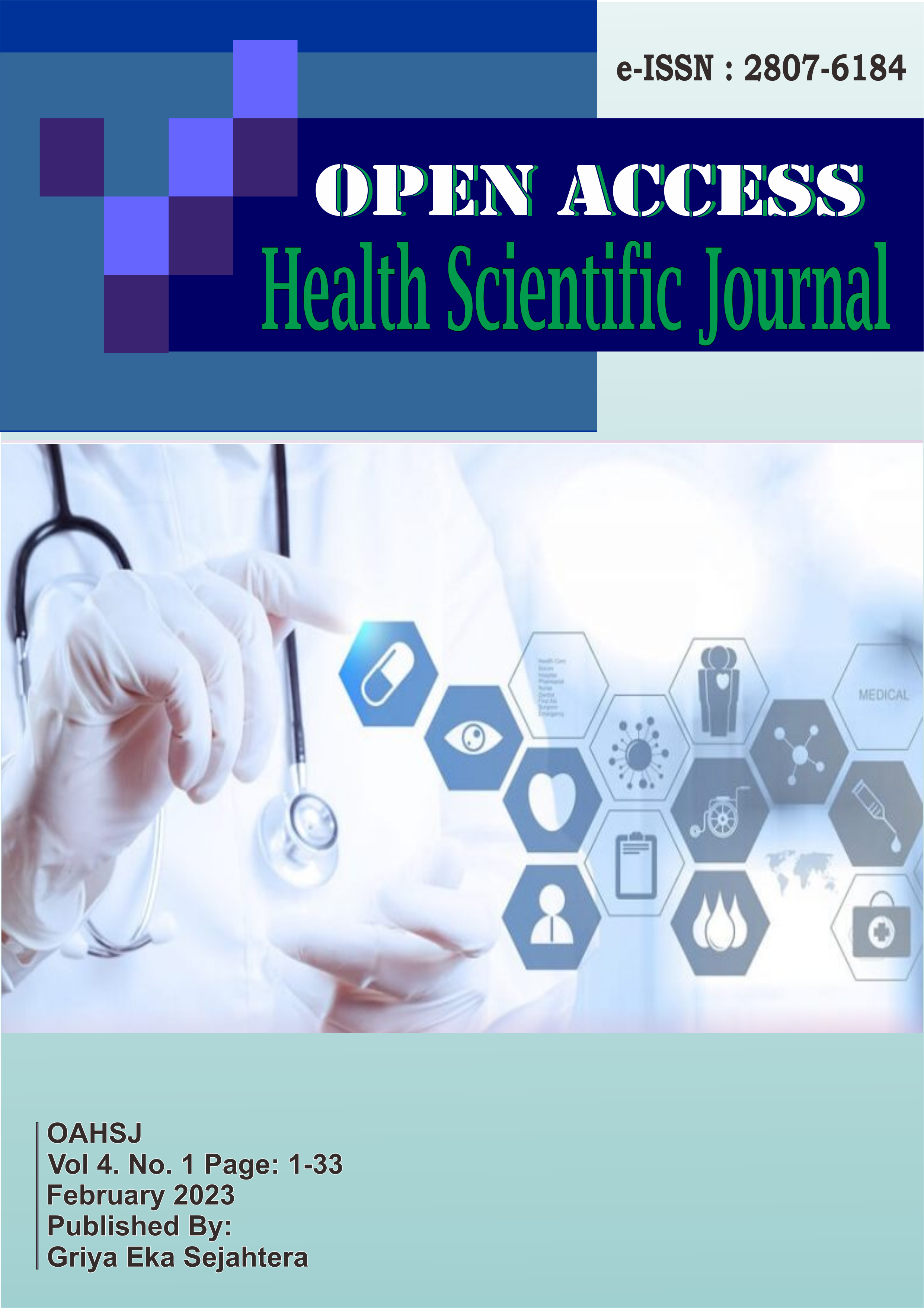Complementary and Alternative Medicine Use and Adherence to Conventional Cancer Treatment in Meru County, Kenya
Main Article Content
Kiraki Monicah Wambui
Gabriel Mbugua
Robert Kei Mburug
Catherine Gichunge
Background: Non-communicable diseases (NCDs) are the leading cause of global mortality with cancer ranking among the top cause of death. Unfortunately, most of these deaths occur in developing countries due to delays in the diagnosis of the disease. Consequently, the use of complementary and alternative medicine (CAM) among cancer patients is on an upward trend hence adherence to conventional cancer treatment (CCT) is a major health concern.
Methods: A cross-sectional study was carried out in a conventional cancer centre in Meru County. A researcher-administered questionnaire was used to obtain data from 117 consenting patients. Demographic data, clinical data, history of any use of CAM before and after cancer diagnosis and any side effects were obtained from the study participants. Data were analyzed using the Statistical Package of Social Sciences (SPSS).
Results: There were more female (53.8%) participants, mainly married (59.8%), Christians (97.4%) with primary education and above (69%). Almost half of the participants (47.9%,) were using CAM. Most of the participants (85.7%) started using CAM after a cancer diagnosis. More than half of the respondents using CAM (52%) had disclosed to the HCP mainly to find out about drug-drug interaction risk (41.4%). Only one (1.8%) CAM user had withdrawn the CCT to use CAM due to dissatisfaction with conventional medicine.
Conclusion: The use of CAM is complementary and not alternative to CCT and hence may not influence adherence to CCT among cancer patients in Meru County. However, there is a need to provide health education to cancer patients on the use of complementary medicine and analyze the outcomes of patients who use complementary medicine while on CCT
Buckner, C. A., Lafrenie, R. M., Dénommée, J. A., Caswell, J. M., & Want, D. A. (2018). Complementary and alternative medicine use in patients before and after a cancer diagnosis. Current Oncology, 25(4), e275. Crossref
Chotipanich, A., Sooksrisawat, C., & Jittiworapan, B. (2019). Association between complementary and alternative medicine use and prolonged time to conventional treatment among Thai cancer patients in a tertiary-care hospital. PeerJ, 7, e7159. Crossref
Dehghan, M., Ghaedi Heidari, F., Malakoutikhah, A., & Mokhtarabadi, S. (2019). Complementary and alternative medicine usage and its determinant factors among Iranian patients with cancer. World Cancer Res J, 6, e1382. Article
Filbet, M., Schloss, J., Maret, J. B., Diezel, H., Palmgren, P. J., & Steel, A. (2020). The use of complementary medicine in palliative care in France: an observational cross-sectional study. Supportive Care in Cancer, 1-8. Crossref
Frass, M. (2018). Influence of Adjunctive Classical Homeopathy on Global Health Status and Subjective Well-Being in Cancer Patients: A Pragmatic Randomized Controlled Trial. Homoeopathy, 107(S 01), A011. Crossref
Hill, J., Mills, C., Li, Q., & Smith, J. S. (2019). Prevalence of traditional, complementary, and alternative medicine use by cancer patients in low-income and lower-middle income countries. Global public health, 14(3), 418-430. Crossref
Jermini, M., Dubois, J., Rodondi, P. Y., Zaman, K., Buclin, T., Csajka, C., and Rothuizen, L. E. (2019). Complementary medicine use during cancer treatment and potential herb-drug interactions from a cross-sectional study in an academic centre. Scientific reports, 9(1), 1-11. Crossref
Johnson, S. B., Park, H. S., Gross, C. P., and Yu, J. B. (2018). Use of alternative medicine for cancer and its impact on survival. JNCI: Journal of the National Cancer Institute, 110(1), 121-124. (a). Crossref
Johnson, S. B., Park, H. S., Gross, C. P., and James, B. Y. (2018). Complementary medicine, refusal of conventional cancer therapy, and survival among patients with curable cancers. JAMA oncology, 4(10), 1375-1381. Crossref
Kwon, J. H., Lee, S. C., Lee, M. A., Kim, Y. J., Kang, J. H., Kim, J. Y., ... & Rha, S. Y. (2019). Behaviours and attitudes toward the use of complementary and alternative medicine among Korean cancer patients. Cancer research and treatment: official journal of Korean Cancer Association, 51(3), 851. Crossref
Mwaka, A. D., Abbo, C., and Kinengyere, A. A. (2020). Traditional and Complementary Medicine Use among Adult Cancer Patients Undergoing Conventional Treatment in Sub-Saharan Africa: A Scoping Review on the Use, Safety and Risks. Cancer management and research, 12, 3699. Journal
Ong’udi, M., Mutai, P., & Weru, I. (2019). Study of the use of complementary and alternative medicine by cancer patients at Kenyatta National Hospital, Nairobi, Kenya. Journal of Oncology Pharmacy Practice, 25(4), 918-928. Crossref
Sanford, N. N., Sher, D. J., Ahn, C., Aizer, A. A., & Mahal, B. A. (2019). Prevalence and nondisclosure of complementary and alternative medicine use in patients with cancer and cancer survivors in the United States. JAMA oncology, 5(5), 735-737. Crossref
Sung, H., Ferlay, J., Siegel, R. L., Laversanne, M., Soerjomataram, I., Jemal, A., & Bray, F. (2021). Global cancer statistics 2020: GLOBOCAN estimates of incidence and mortality worldwide for 36 cancers in 185 countries. CA: a cancer journal for clinicians. 71(3), 209-249 Crossref
Wambui, K. M. (2020). Use of complementary and alternative medicine among cancer patients in Meru county, Kenya (Doctoral dissertation, Meru University). Article
Wode, K., Henriksson, R., Sharp, L., Stoltenberg, A., & Nordberg, J. H. (2019). Cancer patients’ use of complementary and alternative medicine in Sweden: a cross-sectional study. BMC complementary and alternative medicine, 19(1), 1-11. Crossref
World Health Organization (2018). Latest global cancer data. International Agency for Research on Cancer. Article
World Health Organization. (2020). Assessing national capacity for the prevention and control of non-communicable diseases: report of the 2019 global survey. Article






